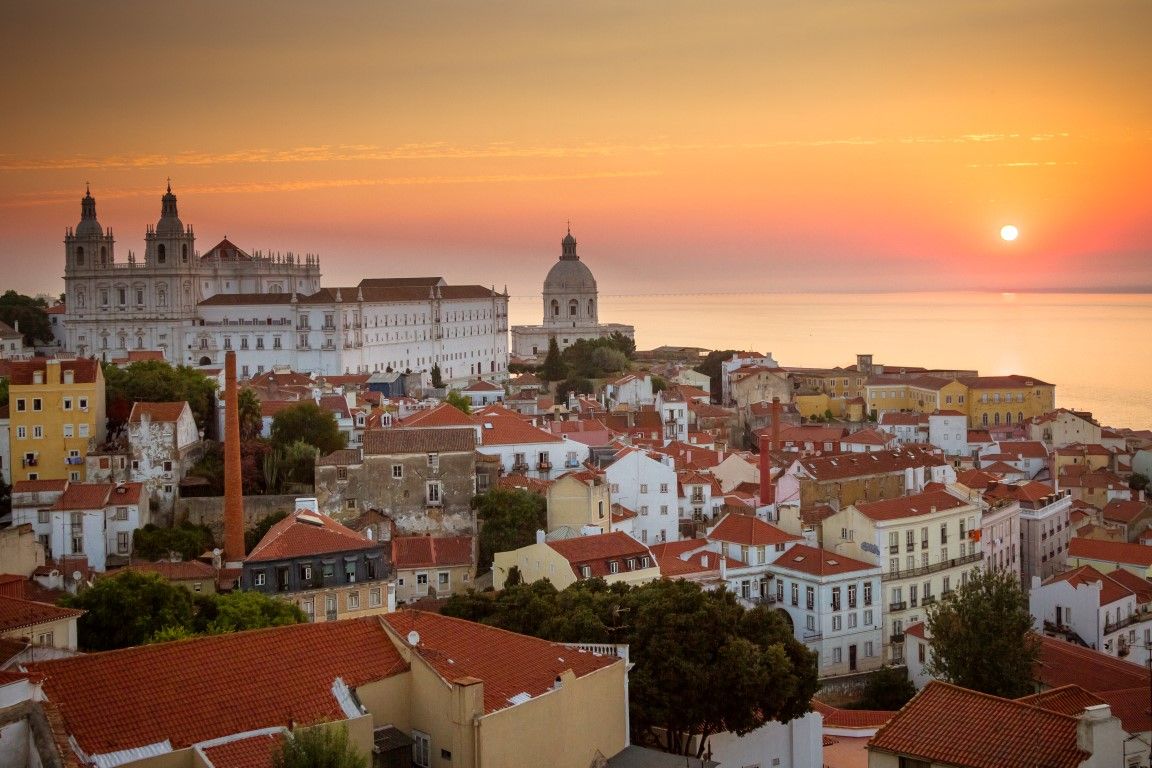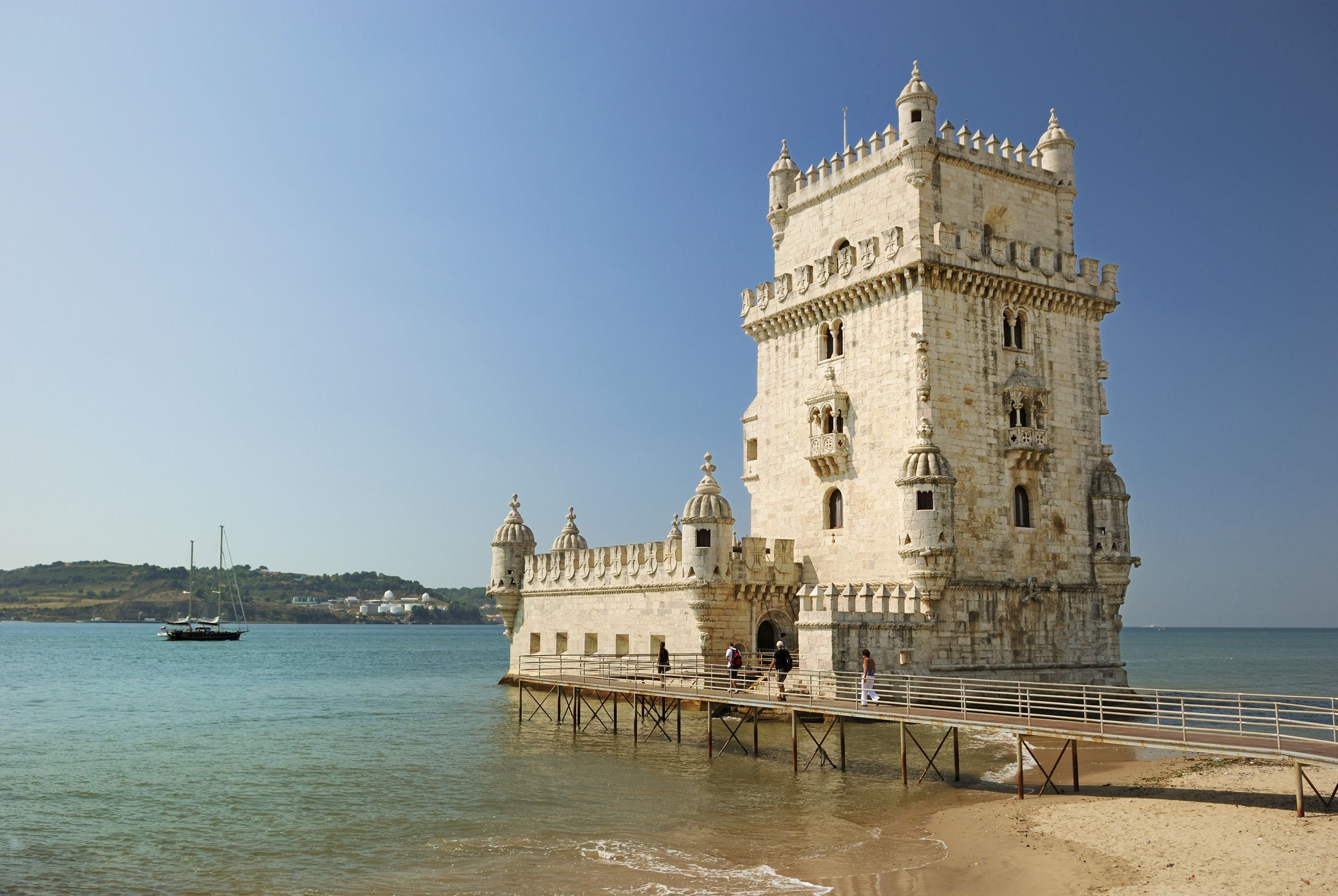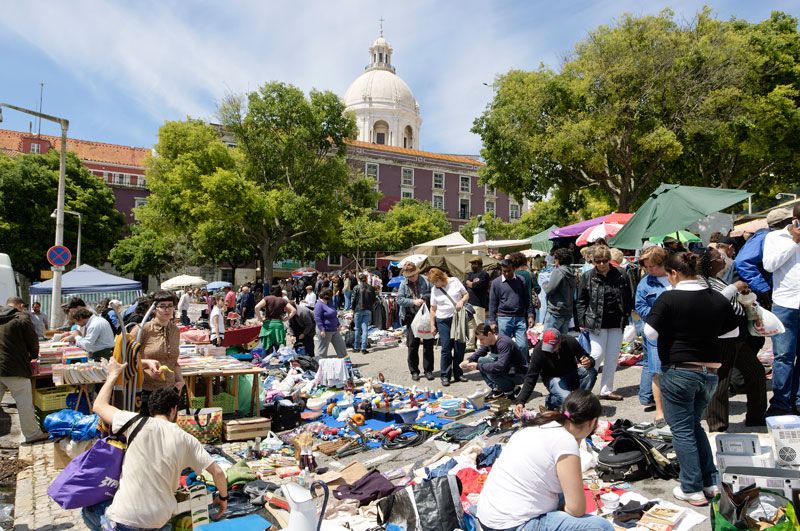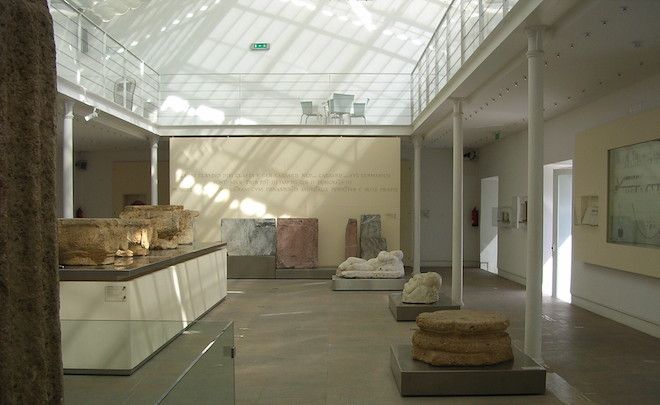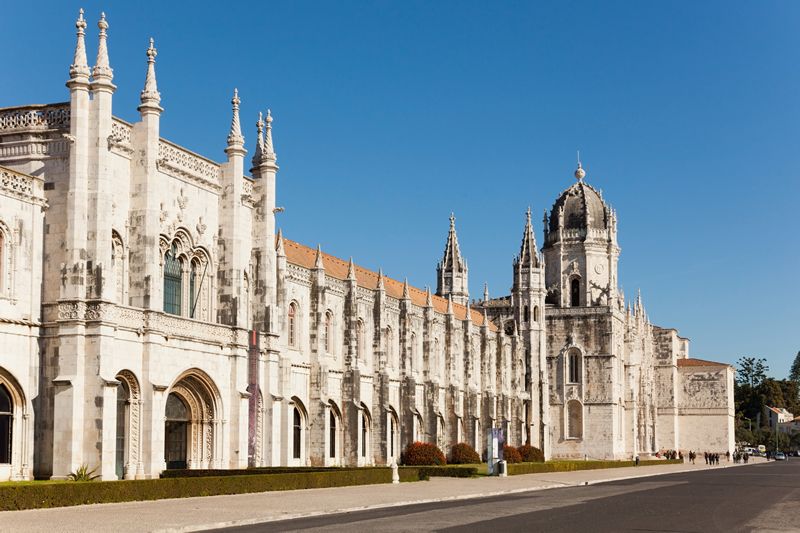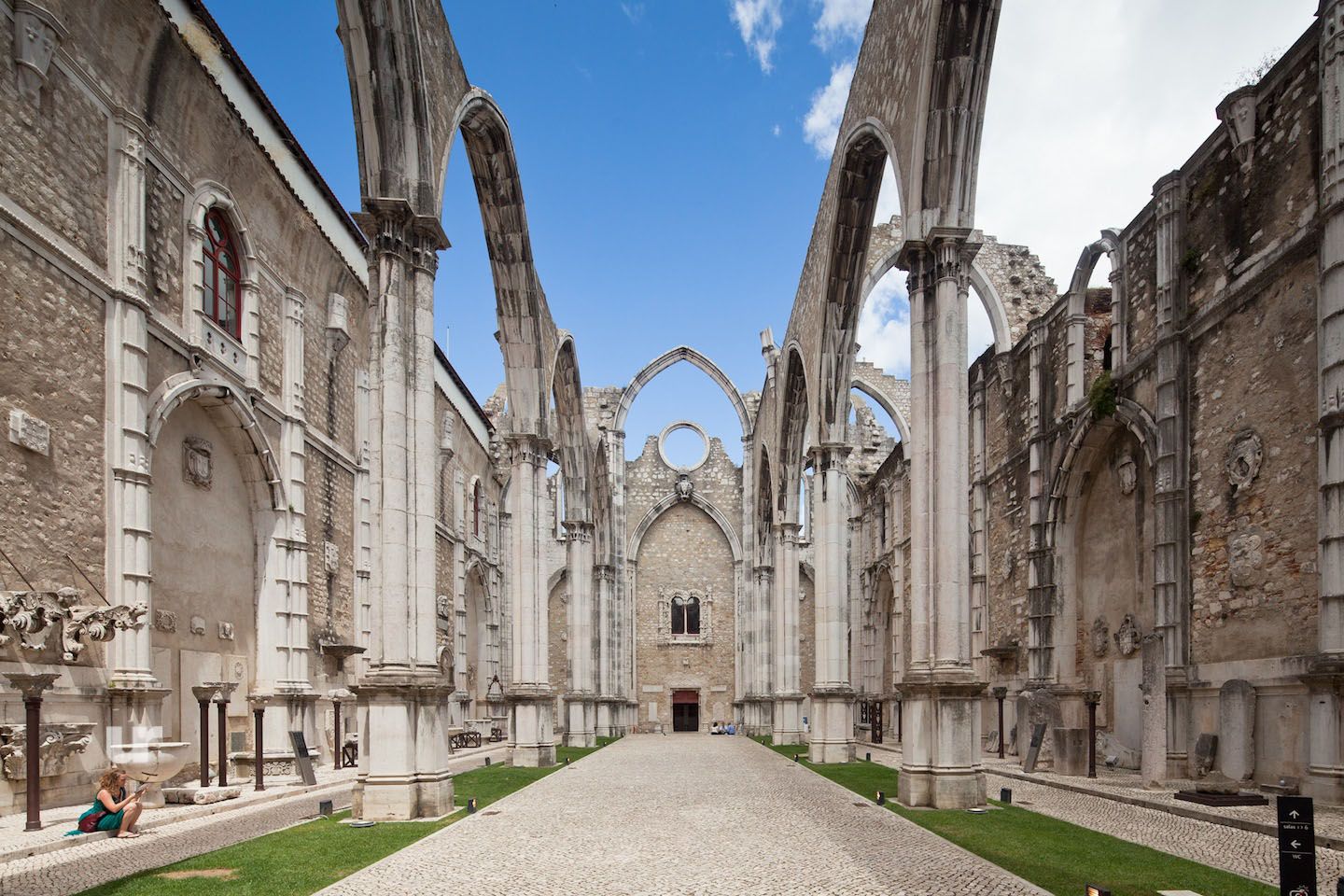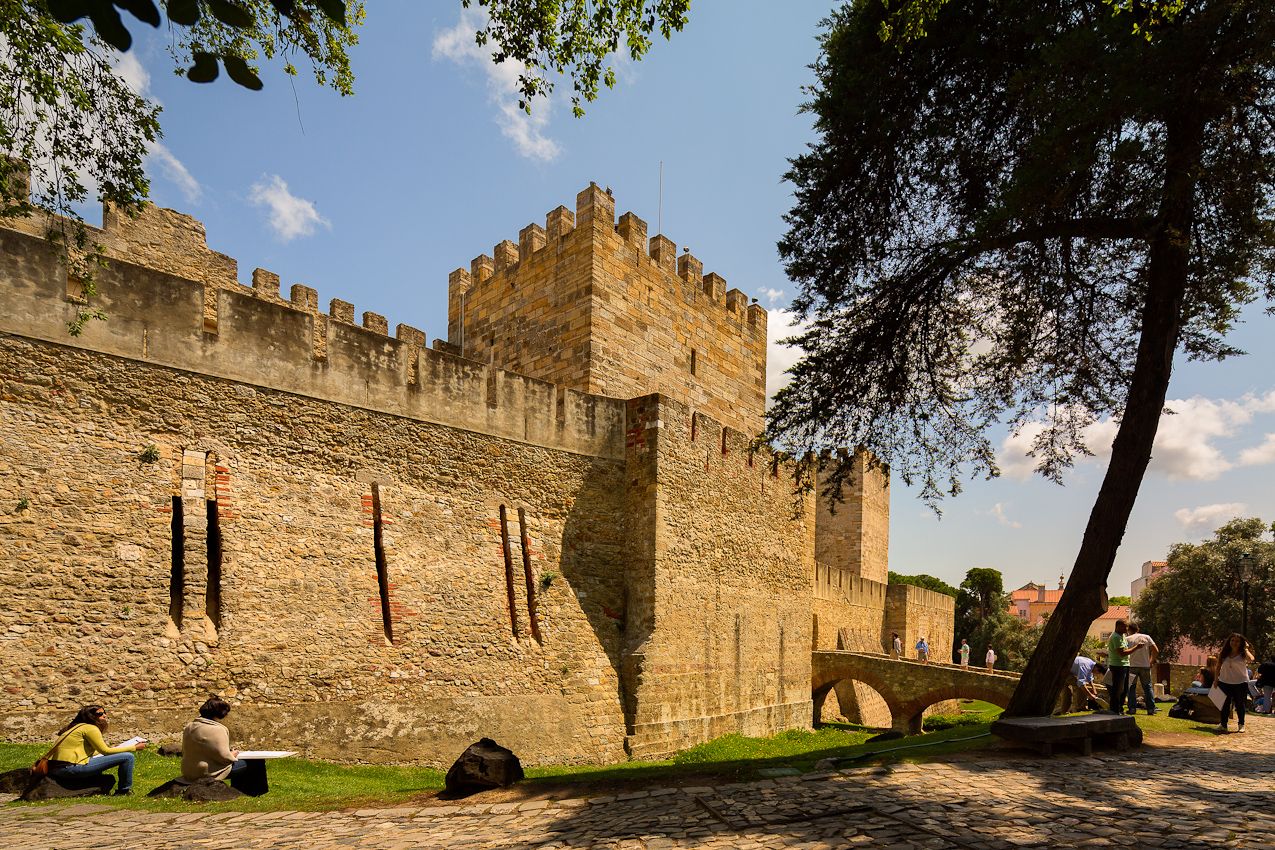Dishes you have GOT to try in Lisbon

Being the capital city of Portugal, Lisbon is a city of gastronomic heaven. With this guide, we will gurantee that you get good authentic local food while not breaking the bank.
1. Caracois
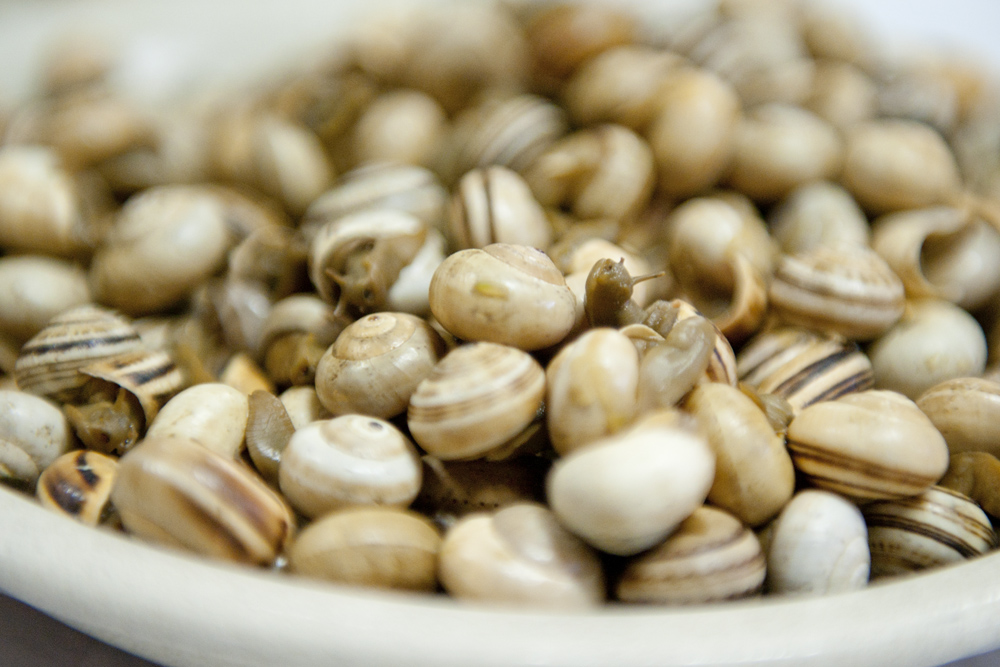
Caracois are snails. I know the French seem to have taken the snail-serving crown but Lisbon is definitely where you should be trying this delicacy. These slimy little creatures are best eaten with beer. Served in almost all restaurants and bars in Lisbon, a huge serving plate of these costs only less than 5 Euros. Bargain!
2. Pasteis de Belem

These portugeuse egg tarts are soft, crispy and aromatic at the same time. The crusts are crispy and has multiple layers while the fillings are soft on the inside and slightly crispy on the outside. Made with eggs and milk, the custard filling is to die for and has a very rich milk aroma. Did you know that the small, darker spots are actually burnt on purpose to give them this traditional look.
3. Bacalhau
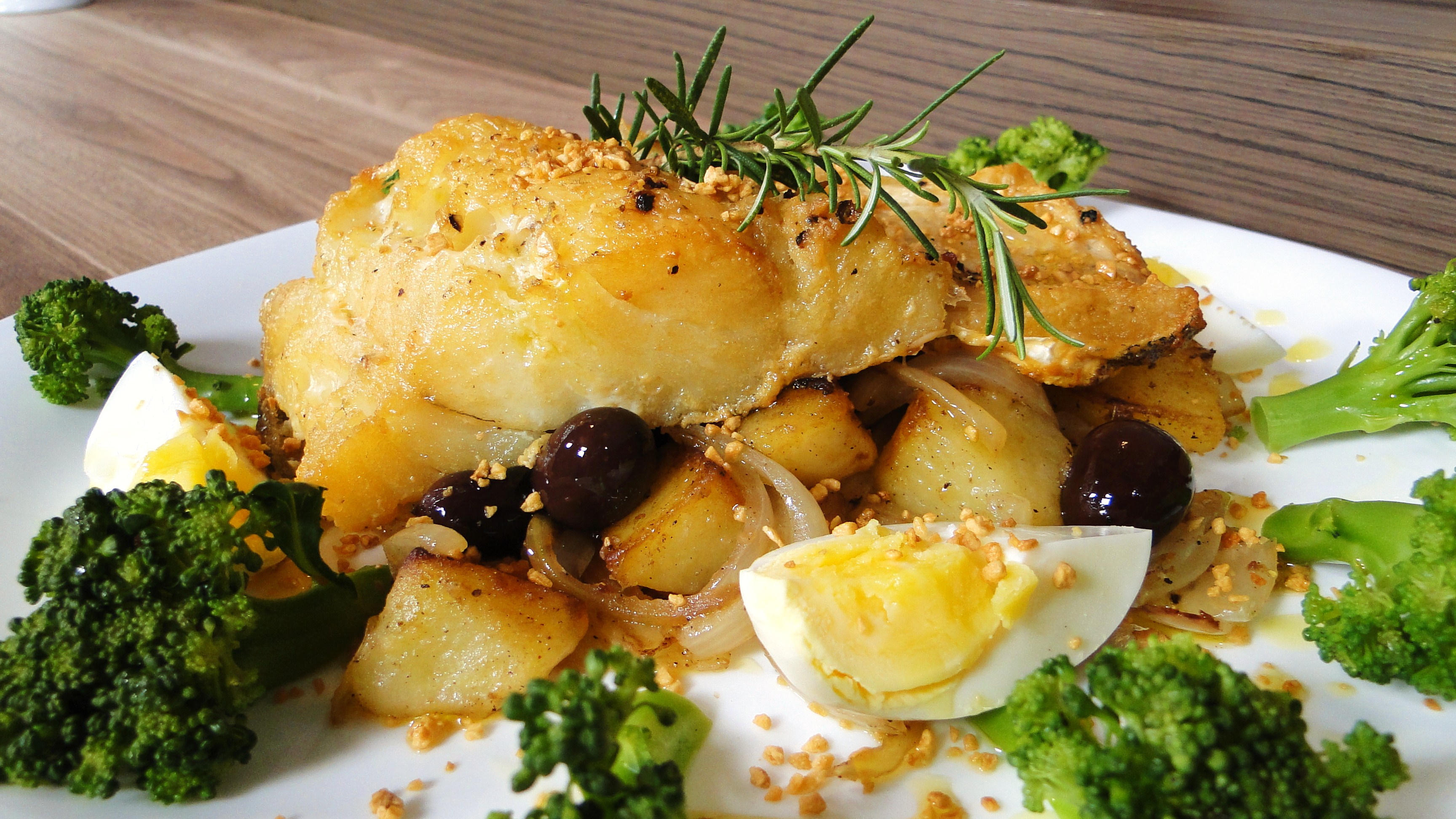
Bacalhau is portuguese for dried and salted cod. It is said that there are 365 ways of making Bacalhau, one way for each day of the year. This dish has become the icon of Portugeuse cooking. One of the recommended restaurant to eat Bacalhau is at Restaurante Laurentina o Rei du Bacalhau. This restaurant has the most authentic Bacalhau and features many different ways of cooking such as grilled or barbequed.
4. Caldo Verde

Usually eaten on special occasions such as birthdays, weddings and other celebratory occasions. This hearty soup is made of potatoes, the currently very trendy kale and olive oil. Most of the time it is served with ham hock or sausages, along with some bread to dip in.
5. Sapateira Recheada

Seafood fans will love this dish. The crab's own roes and insides are stuffed in it's shell and served together with potato salad. This unique combination creates a flavour that is better than that of the crab meat. It is creamy and rich as the potato salad mixes in with the roe and insides. Even those who aren't lovers of seafood will be persuaded by this dish.
I can see we have given you a taste of Portuguese cuisine…Why not take that step further and eat it with a local? Check out our amazing BonAppetour hosts in Lisbon! They provide a range of experiences from market tours and chatting with the locals to enjoying a cooking class on local Lisbon food.
Image credits: 1 | 2 | 3 | 4 | 5 | 6
[icegram campaigns=”612″]

